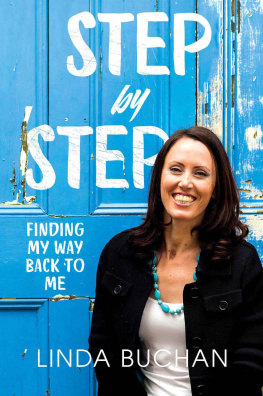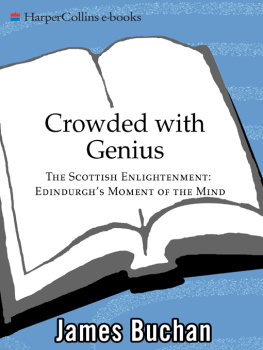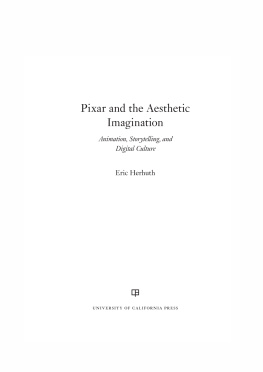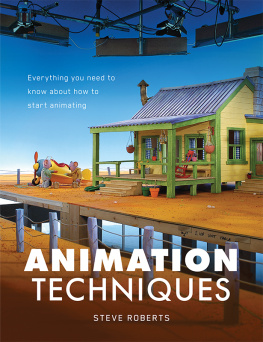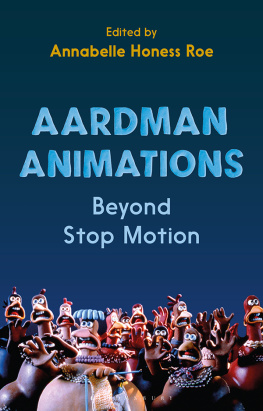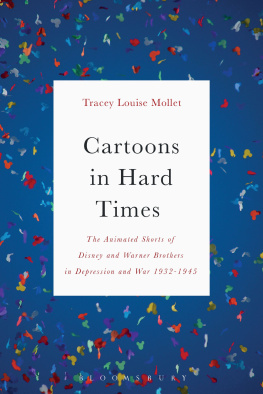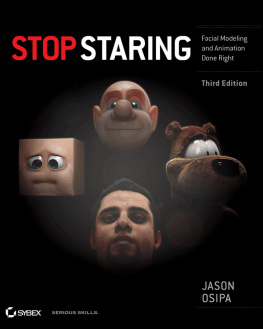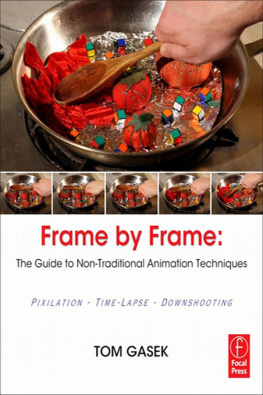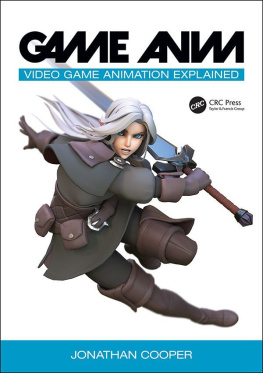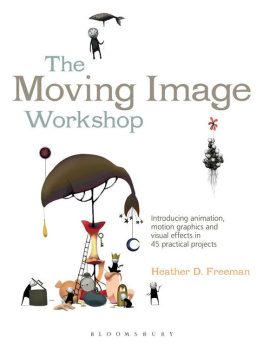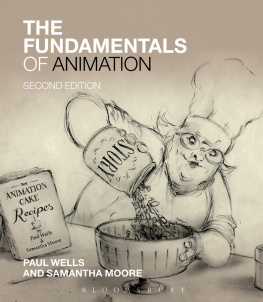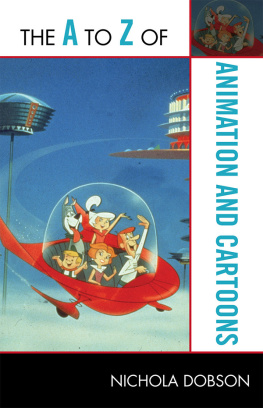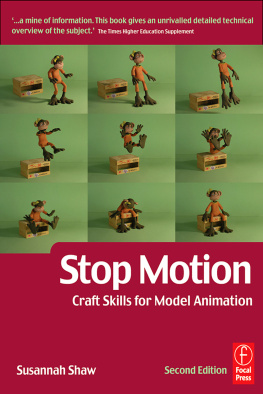THE QUAY BROTHERS
THE QUAY BROTHERS
INTO A METAPHYSICAL PLAYROOM
SUZANNE BUCHAN

This publication was supported by the Research Fund, University for the Creative Arts, UK.
Copyright 2011 by Suzanne Buchan
All rights reserved. No part of this publication may be reproduced, stored in a retrieval system, or transmitted, in any form or by any means, electronic, mechanical, photocopying, recording, or otherwise, without the prior written permission of the publisher.
Published by the University of Minnesota Press
111 Third Avenue South, Suite 290
Minneapolis, MN 55401-2520
http://www.upress.umn.edu
Library of Congress Cataloging-in-Publication Data
Buchan, Suzanne.
The Quay Brothers : into a metaphysical playroom / Suzanne Buchan.
p. cm.
Includes bibliographical references and index.
ISBN 978-0-8166-4658-6 (hc : alk. paper) ISBN 978-0-8166-4659-3 (pb : alk. paper)
1. Brothers QuayCriticism and interpretation. I. Title.
NC1766.G7B763 2010
791.4302330922dc22
2010001662
Printed in the United States of America on acid-free paper
The University of Minnesota is an equal-opportunity educator and employer.
17 16 15 14 13 12 11 10 9 8 7 6 5 4 3 2 1
CONTENTS
ACKNOWLEDGMENTS
The writing of this book thrived on more than ten years of exchange and discussion with passionate individuals from many disciplines and walks of life who gradually configured into a network of inspiration, collusive mischief, and support. I proffer thanks to them here, in no particular order. Because of sheer numbers, names are missing from this list and I apologize for any I have inadvertently or otherwise left out. My deepest thanks go to the Quay Brothers, both for enriching my professional, personal, visual, and aural worlds and for their exemplary, selfless generosity to my impinging explorations of their creativity; and to Keith Griffiths, their producer, for his dedicated passion to this kind of filmmaking. I am indebted to my Ph.D. supervisor and friend, Christine Noll Brinckmann, for guiding me through the doctoral thesis on the Quay Brothers that was the prelude to this book, and to Fritz Senn at the Zurich James Joyce Foundation, who introduced me so inspiringly to Joyces literary envisioning of the world (about whom T. S. Eliot in Ulysses: Order and Myth wrote of Ulysses as a book to which we are all indebted, and from which none of us can escape).curiosity about simply everything, and for her remarkable ability to transform this into meaningful and passionate writing that has affected my thinking about cinematic experience. Mark Bartlett proved an acutely rigorous yet generous and sensitive critical reader of later drafts. The final manuscript owes much to his fresh eyes and superbly inquisitive, philosophical, and aesthetical mind, and many ideas in this book found a more articulate voice through his lucidity.
In the film and art curating communities, I am thankful for the persistence and unequaled curatorial efforts of Gareth Evans, Jayne Pilling, Otto Alder, Stuart Comer, and especially Edwin Carels to ensure audiences can experience independent animation. During the ten years of codirecting the Fantoche Animation Festival in Switzerland, I benefited from vibrant discussions about the Quays work with countless filmmakers, scholars, and journalists who frequented the festival, notably Larry Sider, Marcin Gyzicki, and Stanislas Ulver. Andres Janser, with whom I curated the exhibition Trickraum: Spacetricks, provided me with an unequaled opportunity to undertake serious play with notions of animated space in an exhibition format that found their way into this book.
At the Seminar for Cinema Studies in Zurich, first ideas were hatched in discussions and feedback with my students and in excellent and rigorous doctoral colloquiums with many colleagues, especially Margrit Trhler, Jan Sahli, Thomas Christen, and Marianne Lewinski. I also thank my UK colleagues Anthony Harrild, Manuel Alvarado, and especially David Campany for their stimulating ideas and support. For hospitality and sheltered research environments, I am grateful to the Green College Foundation at the University of British Columbia, where I was scholar in residence in 1999, and to the University for the Creative Arts in the United Kingdom for extended periods of research leave and for funding that made color images possible in the publication.
I am indebted to the long-term enthusiasm of my editors at the University of Minnesota Press: Jennifer Moore, who responded so enthusiastically when I approached her with my ideas; Andrea Kleinhuber, whose ongoing patience and support were outstanding; and Doug Armato, for taking the project on. I benefited enormously from the readers of the final manuscript, and my thanks go to Jason Weidemann and Danielle Kasprzak for accompanying the book in its final stages of publication. I am also grateful for the meticulous copyediting carried out by Michele Hodgson and Nancy Sauro, who kept a sharp eye out for my Germanisms. Any errors or shortcomings in this book are entirely my own. I hope The Quay Brothers: Into a Metaphysical Playroom stimulates more engagement with the kind of creativity the Quay Brothers and other artists offer to us.
On a personal note, gratitude is heartfelt toward Carola Fischer, whose misgivings about animation stimulated a number of ideas; to Jasmin Grego, for her inestimable support as friend and listener and for opening her home to me as a writing refuge for so many years; and to Jan Korvink, for encouraging me to pursue an academic path at a crucial point in time. Finally, this book is dedicated to my family: my mother, Helena, whose intellect is merged with a ravishing artistic sensitivity and loving humor, and who, I hope, will find some recognition here of what she spread before me; my sister, Jane, whose artistic vision and independence is a constant model; my father, George, who showed me how important it is to combine ethics, intellect, and honesty; and especially to my brother, Peter, whose unique and irreplaceable way of thinking and seeing the world permeates these pages. Metaphysically speaking, his mind lives on in mine.
London and Zurich, 2010
INTRODUCTION
Years ago, while writing a masters thesis on James Joyces cinematic language, I watched a screening of the Quay Brothers Street of Crocodiles (1986). I was immediately enthralled by the beauty of the images, but I could not pinpoint what was so striking and emotionally moving about the film. I was smitten by its complexity and poetry, but when I tried to describe what I thought was actually happening in the films convoluted narrative, I was stumped in my attempts to communicate exactly what it was. I found cold comfort in a text from Michael Atkinson: It wouldnt matter if every man, woman or child on earth saw The Street of Crocodiles. Only I would truly understand itwhich is not to say that I literally understand it at all. It was a phenomenon that I implicitly understood but could not adequately describe. I am fascinated, yes, by screws that are empowered and transport themselves offscreen over a stodgy layer of meticulously crafted dust. But what of the screws?
My quizzical epiphany engendered increasing interest on animation as a complex, special power of film. Vachel Lindsays 1919 reflections on animationthe trick film as it was known in his eraare proposals about how inanimate objects can be usurped from their nonliving states using this technique:
The ability to do this kind of a thing is fundamental in the destinies of the art. Now the mechanical or non-human object, beginning with the engine is apt to be the hero in most any sort of photoplay while the producer remains utterly unconscious of the fact. Why not face this idiosyncrasy of the camera and make the nonhuman object the hero indeed? Not by filling the story with ropes, buckets, firebrands, and sticks, but by having these four unique. Make the fire the loveliest of torches, the water the most graceful of springs. Let the rope be the humorist. Let the stick be the outstanding hero, the DArtagnan of the group, full of queer gestures and hoppings about. Let him be both polite and obdurate. Finally let him beat the dog most heroically.
Next page

